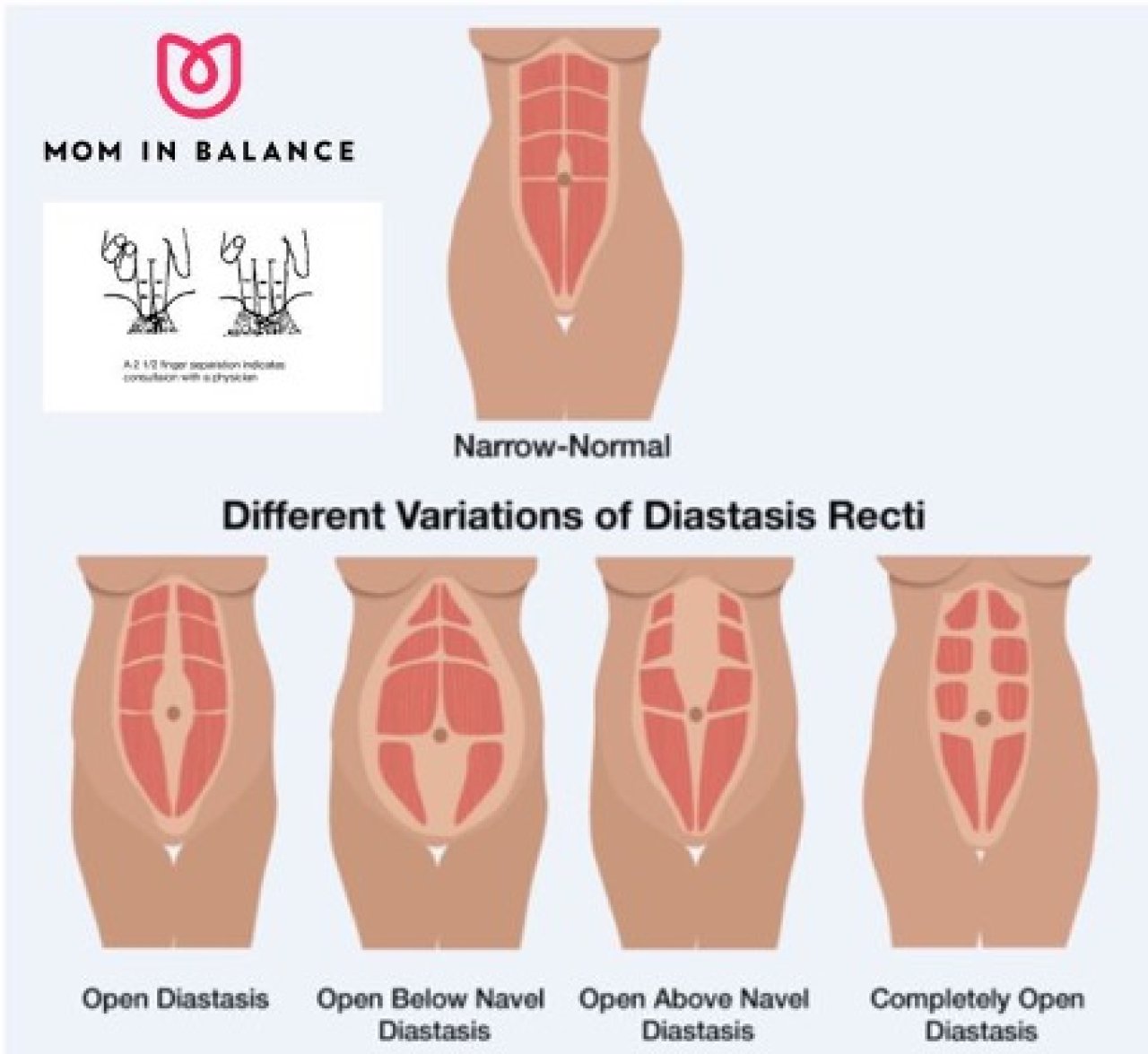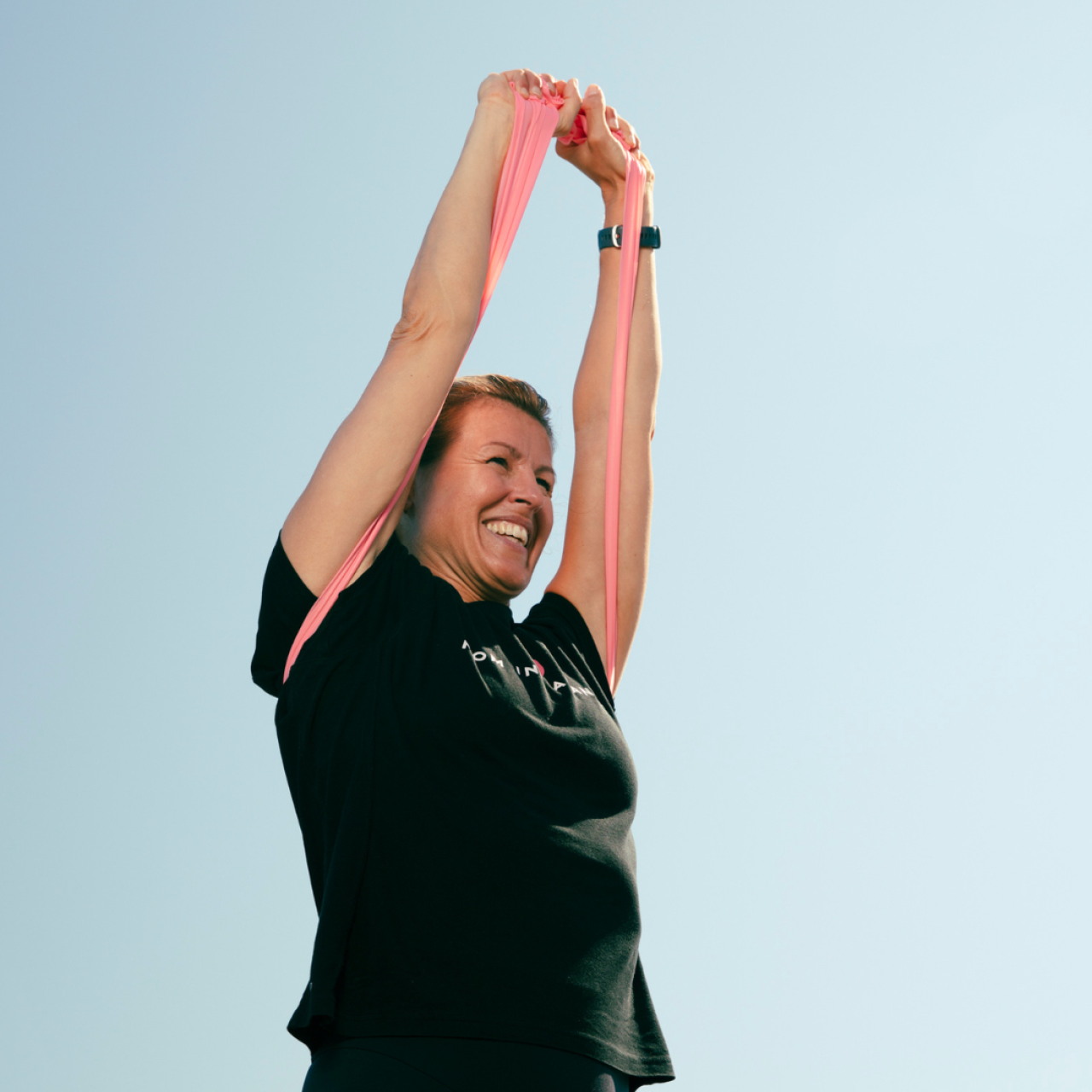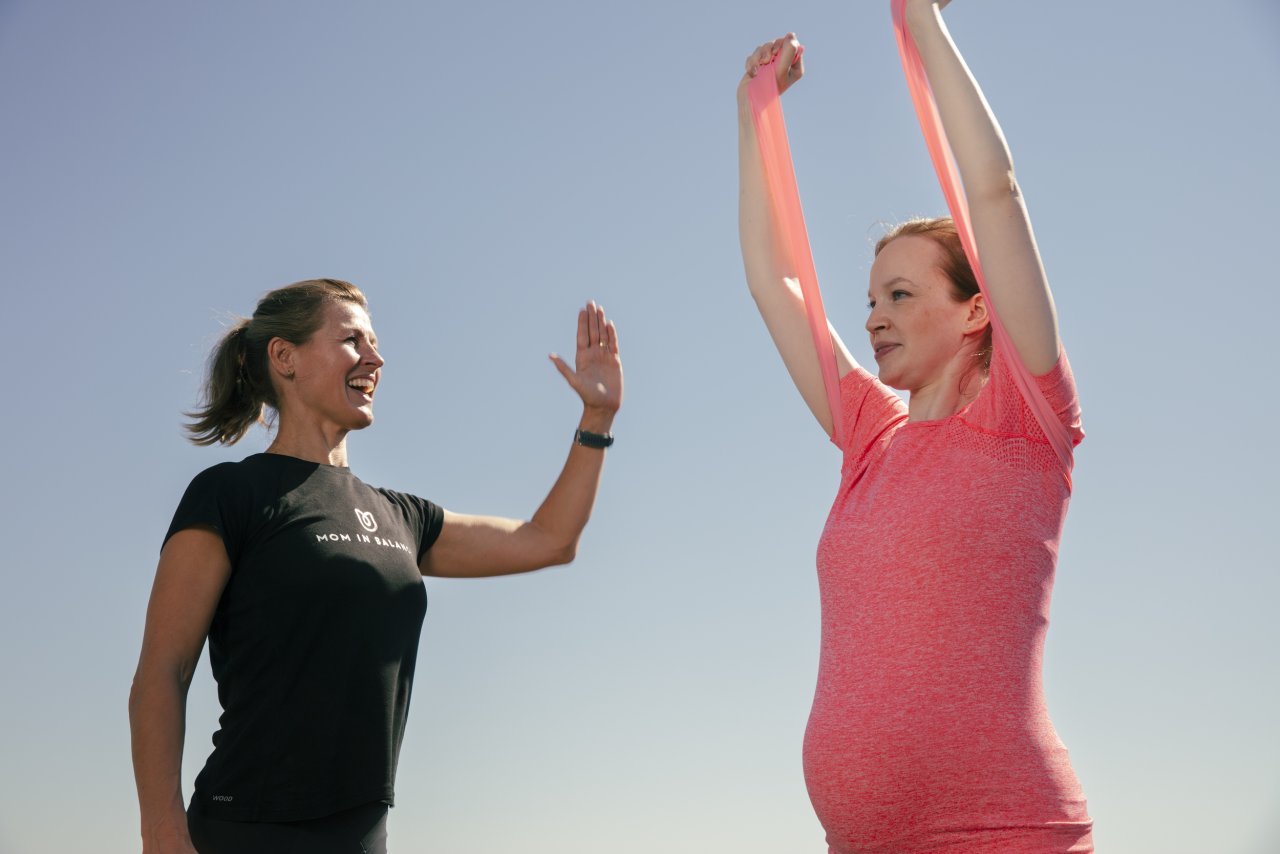What is a diastasis?
During pregnancy, your abdominal muscles give way to make space for your growing baby. The separation of the rectus abdominal muscles on the midline of the connective tissue connecting these (the linea alba) is called a diastasis. The linea alba runs from the bottom of the sternum to the top of the pubic bone and is usually about one cm in width. A diastasis can occur anywhere from the top to the bottom of the midline.



